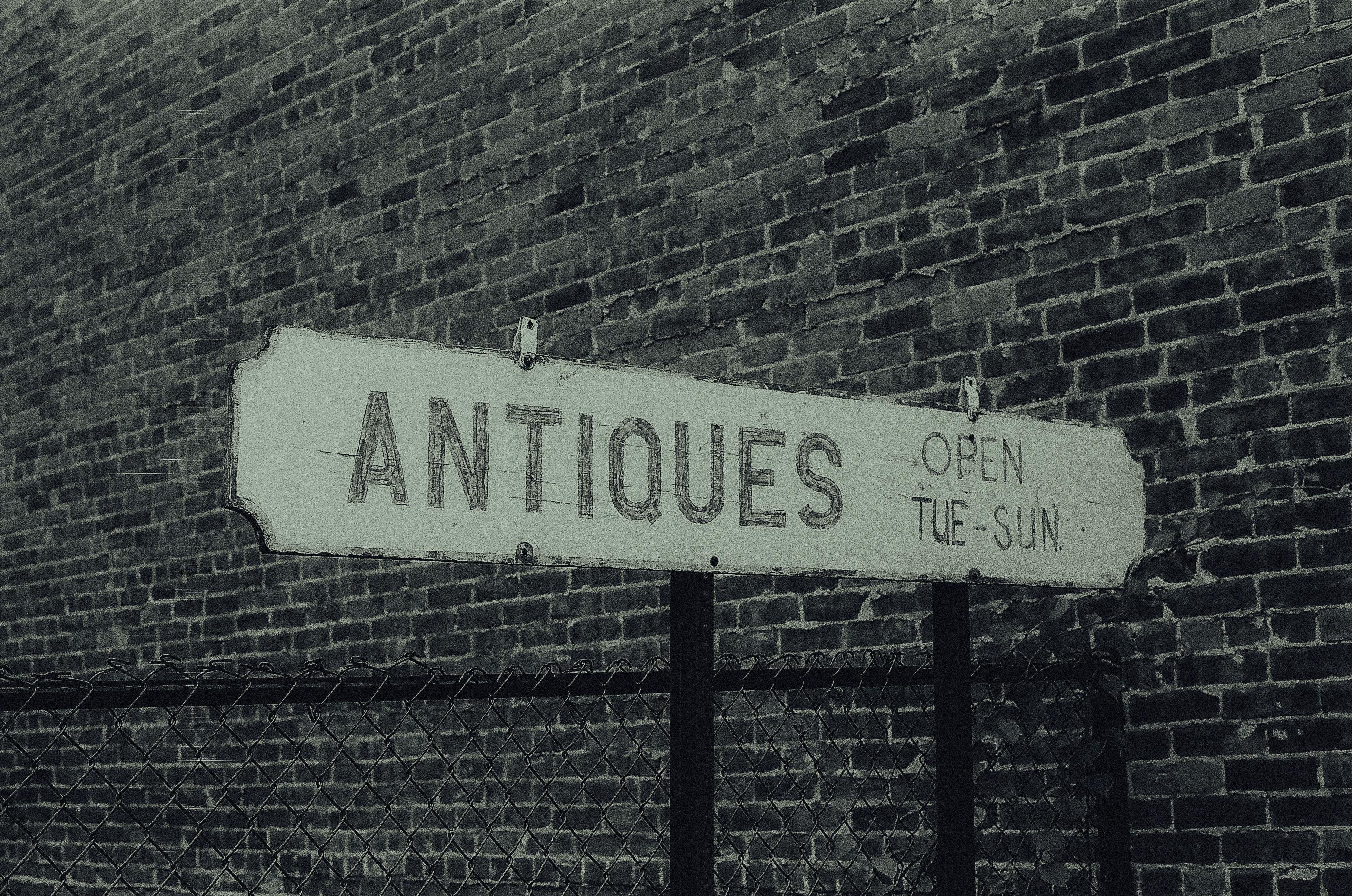Taking proper care of your watch is essential to ensure its longevity and impeccable performance. From regular cleaning to protecting it from water, dust, and extreme temperatures, there are several steps you can take to maintain your timepiece’s beauty and functionality. In this article, we will explore some useful tips and techniques to help you keep your watch in pristine condition for years to come. So, whether you have a luxury timepiece or a simple everyday watch, read on to discover how you can give it the care and attention it deserves.
Table of Contents
Proper Storage
Avoid extreme temperatures
Proper storage is essential to ensure the longevity of your watch. One of the most important factors to consider is the temperature. Extreme temperatures can have a detrimental effect on your timepiece. High temperatures can cause the lubricants inside the watch to evaporate, leading to increased friction and potentially damaging the internal components. On the other hand, extreme cold temperatures can cause the oils to thicken, negatively impacting the watch’s performance.
To avoid these issues, it is advised to store your watch in a location with a stable temperature. Avoid leaving it in direct sunlight or near heating vents. A temperature range between 10°C (50°F) and 35°C (95°F) is considered ideal for watch storage.
Use a watch box or pouch
Another important aspect of proper watch storage is using a watch box or pouch. These specially designed containers provide a safe and secure place for your timepiece when you’re not wearing it. A watch box or pouch helps protect your watch from dust, scratches, and potential damage caused by accidental knocks or bumps.
When selecting a watch box, opt for one that offers cushioning and compartments to keep each watch separate. This will prevent them from scratching each other or getting tangled. A watch pouch, on the other hand, is a great option for travel, as it is lightweight and takes up less space.
Keep away from magnets
Magnets can adversely affect the accuracy and functionality of your watch. It’s important to keep your watch away from strong magnetic fields, such as those produced by magnets or electronic devices. Exposure to magnets can disrupt the delicate balance of the watch’s movement, causing it to run fast, slow, or even stop altogether.
To avoid this issue, it’s best to store your watch away from any objects or devices that generate magnetic fields. Additionally, keep in mind that magnetic closures on bags or purses can also have an impact on your timepiece. When not in use, it’s best to keep your watch away from any sources of magnetic interference.
Cleaning
Regularly wipe with a soft cloth
Cleaning your watch regularly is essential to maintain its appearance and ensure its longevity. A soft cloth is the ideal tool for cleaning most types of watches. By gently wiping the watch’s case, bracelet, and buckle with a soft cloth, you can remove dirt, dust, and fingerprints that may accumulate over time.
Make sure to use a lint-free, non-abrasive cloth to prevent scratching the watch’s delicate surfaces. Microfiber cloths are a great choice, as they are gentle and highly effective in removing smudges and marks.
Use a toothbrush for crevices
While a soft cloth can cover most of the watch’s surface, there are often hard-to-reach areas and crevices that require a more thorough cleaning. A soft toothbrush can be a useful tool for cleaning these areas. Gently scrubbing the crevices with a toothbrush can help dislodge any dirt or grime that may have accumulated.
When using a toothbrush, make sure it is soft-bristled and dedicated solely to watch cleaning. Avoid using excessive pressure or scrubbing too vigorously, as this can cause damage to the watch’s delicate components.
Avoid using chemical cleaners
When it comes to cleaning your watch, it’s best to avoid using harsh chemicals or cleaning solutions. Chemical cleaners can potentially damage the watch’s materials, such as the dial, crystal, or case. Additionally, they can strip away the protective coatings that may be applied to some watch components.
Instead, stick to simple and gentle cleaning methods, such as using a soft cloth and, if necessary, a toothbrush. For stubborn stains or marks, consider using a mild soap diluted with water. However, always make sure to rinse the watch thoroughly with fresh water after cleaning to remove any residue.

Water Resistance
Know your watch’s water resistance rating
Not all watches are created equal when it comes to water resistance. It’s important to know your watch’s water resistance rating to understand its limits and determine if it is suitable for water-related activities. The water resistance rating is typically indicated on the watch’s dial or case back.
Water resistance ratings can vary significantly, ranging from watches that are only splash resistant to those that are suitable for diving to great depths. It’s crucial to understand the rating of your watch to ensure it is protected from water damage.
Avoid contact with water if not waterproof
If your watch is not designed to be water-resistant, it’s best to avoid any contact with water altogether. Even minimal exposure to water, such as raindrops or splashes, can potentially damage the watch’s internal components, leading to costly repairs or even complete failure.
To protect your watch, it’s important to take it off before engaging in any water-related activities, including washing hands, swimming, or showering. This simple step can go a long way in preserving the integrity of your timepiece.
Rinse with fresh water after swimming
If your watch is water-resistant and suitable for swimming or diving, it’s still important to take proper care after coming into contact with water. Saltwater, chlorine, and other chemicals can be corrosive and potentially damage the watch’s materials and seals.
After swimming or snorkeling, it’s recommended to rinse your watch with fresh water to remove any residue or impurities. This will help prevent the buildup of salt or chemicals and maintain the watch’s water resistance over time. Additionally, make sure to dry the watch thoroughly before storing it to prevent moisture from lingering.
Battery Maintenance
Replace batteries on schedule
If your watch is powered by a battery, it’s essential to replace it according to the manufacturer’s recommended schedule. A dying or dead battery can affect the accuracy and functionality of your watch. Neglecting to replace the battery on time can lead to further complications, such as leakage or damage to the movement.
To ensure the smooth operation of your watch, make a note of the battery replacement interval specified by the manufacturer. Keeping track of this schedule will help you avoid any downtime or potential issues with your timepiece.
Avoid leaving a dead battery in a watch
Leaving a dead or drained battery in a watch for an extended period is not recommended. Dead batteries can leak and corrode, potentially damaging the watch’s internal components. If you notice that your watch has stopped functioning, it’s best to remove the battery promptly to prevent any further damage.
Additionally, it’s advisable to store spare batteries in a cool, dry place, away from other objects or devices that may cause them to discharge prematurely.
Check for leakage or corrosion
Regularly inspect your watch for any signs of battery leakage or corrosion. If you notice any white or greenish residue around the battery compartment, it may indicate a battery leak. Corroded batteries can quickly damage the movement and other watch components.
If you suspect a battery leak, it’s important to remove the battery immediately and clean the affected areas. Use a clean, dry cloth or cotton swab to carefully clean the residue. If the corrosion appears severe, it’s recommended to have the watch inspected by a professional watchmaker.

Watch Straps
Clean leather straps with a damp cloth
If your watch has a leather strap, proper maintenance is crucial to prevent premature wear and tear. Leather is a natural material that can be susceptible to damage from moisture, oils, and dirt. Cleaning the strap regularly will help preserve its appearance and prolong its lifespan.
To clean a leather strap, dampen a soft cloth with water and gently wipe the surface of the strap. Avoid soaking the strap or using excessive amounts of water, as this can cause the leather to warp or lose its shape. After cleaning, make sure to dry the strap thoroughly before wearing the watch again.
Avoid exposure to excessive moisture
Leather watch straps can be negatively affected by excessive moisture. Avoid wearing your watch with a leather strap while swimming or engaging in water-related activities. Exposure to water can cause the leather to become discolored, warped, or even develop mold.
Additionally, it’s important to remove the watch when perspiring excessively or in hot and humid environments. Wearing the watch in these conditions can lead to the accumulation of moisture, causing the strap to deteriorate more quickly.
Replace damaged or worn-out straps
Even with proper care, watch straps, especially leather ones, will eventually show signs of wear and tear. It’s important to regularly inspect your strap for any signs of damage, such as cracks, tears, or discoloration. Additionally, pay attention to the buckle or clasp, as these components can also become worn over time.
If you notice any significant damage or if the strap is no longer comfortable to wear, it may be time to replace it. Replacement watch straps can be easily found online or at reputable watch retailers. Remember to choose a strap that is compatible with your watch’s lug width and style.
Regular Servicing
Follow manufacturer’s recommendations
Regular servicing by a professional watchmaker is essential to keep your watch in optimal condition. Each watch manufacturer typically provides guidelines on how often a watch should be serviced. It’s important to follow these recommendations to ensure that your timepiece is properly maintained and to avoid potential problems in the future.
Servicing intervals can vary depending on the brand, model, and type of watch. Mechanical watches generally require more frequent servicing than quartz watches. By adhering to the manufacturer’s recommendations, you can ensure that your watch is cleaned, oiled, and adjusted as needed, maximizing its performance and longevity.
Get your watch serviced by a professional
When it’s time for a servicing, it’s crucial to entrust your watch to a qualified and experienced watchmaker. While it may be tempting to try DIY maintenance, watches are complex and delicate instruments, and improper handling can lead to irreversible damage.
A professional watchmaker has the necessary tools, knowledge, and expertise to service your watch properly. They will disassemble the watch, clean each component, lubricate the movement, and perform any necessary adjustments or repairs. Additionally, they can detect and address any potential issues before they become more serious and costly.
Check for signs of wear or malfunction
In between regular servicing intervals, it’s important to keep an eye out for any signs of wear or malfunction. These can include issues such as inaccurate timekeeping, erratic movement, or abnormal sound coming from the watch.
If you notice any of these signs, it’s advisable to have your watch inspected by a professional. They will be able to identify and address any underlying issues, ensuring the continued performance and reliability of your timepiece.

Avoiding Impact and Shock
Be cautious while playing sports
While watches are designed to withstand everyday wear and tear, they can still be vulnerable to impacts and shocks, especially during sports activities. To prevent accidental damage, it’s advisable to be cautious and mindful when wearing your watch while engaging in sports or any high-impact activities.
Ensure that your watch is securely fastened to your wrist using the appropriate buckle or clasp. Additionally, consider using a sports-specific watch that offers additional protection, such as shock resistance or reinforced construction.
Remove your watch when doing heavy manual work
Engaging in heavy manual work or activities that involve repetitive movements can also pose a risk to your watch. Excessive vibrations or impacts can potentially cause damage to the internal components, affecting the accuracy and performance of your timepiece.
To protect your watch, it’s best to remove it when engaging in these types of activities. This will minimize the risk of accidental damage and prolong the lifespan of your watch.
Avoid dropping or banging the watch
Accidental drops or hard impacts can cause significant damage to your watch. To prevent any potential accidents, it’s important to handle your watch with care and avoid exposing it to unnecessary risks.
When taking off or putting on your watch, do so over a soft surface or a watch cushion to prevent accidental drops or scratches. Additionally, avoid banging your watch against hard surfaces or objects, as this can cause visible dents or damage to the case, crystal, or movement.
Avoiding Chemical Exposure
Take off your watch when using cleaning agents
Cleaning agents such as bleach, ammonia, or other strong chemicals can be damaging to your watch. They can cause discoloration, corrosion, or other irreversible damage to the dial, case, or strap.
To protect your watch, it’s best to take it off before using any cleaning agents or chemicals. This includes household chores, gardening, or working with any substances that may come into contact with your watch. By taking this simple step, you can avoid potential damage and ensure the longevity of your timepiece.
Protect your watch from solvents and oils
In addition to common cleaning agents, certain solvents and oils can also be harmful to your watch. Chemicals such as gasoline, alcohol, or paint thinner can cause the material of your watch to deteriorate or become discolored.
When handling these substances, it’s important to keep your watch away from them or, preferably, remove it altogether. This will ensure that your watch remains free from any chemical exposure and maintains its pristine condition.
Wash hands before handling the watch
Before handling your watch, it’s important to wash your hands thoroughly. This simple step can help prevent the transfer of oils, dirt, and other contaminants onto the watch’s delicate surfaces.
Oils and dirt can accumulate over time, leading to a dull appearance or potential damage. By washing your hands before handling the watch, you can maintain its cleanliness and preserve its visual appeal.
Keeping the Dial and Crystal Clean
Avoid touching the dial or crystal directly
The dial and crystal of your watch are particularly sensitive to scratches and marks. It’s crucial to avoid touching these components directly, as fingerprints, oils, or dirt can accumulate and affect the clarity and appearance of the watch.
When handling the watch, try to hold it by the sides or by the strap/bracelet to minimize contact with the dial and crystal. This will help maintain their cleanliness and prevent any potential damage.
Use a microfiber cloth for cleaning
When it comes to cleaning the dial and crystal of your watch, using a microfiber cloth is highly recommended. Microfiber cloths are gentle and effective in removing fingerprints, smudges, or dust without scratching the sensitive surfaces.
Gently wipe the dial and crystal using light, circular motions. Avoid using excessive pressure, as this can potentially cause scratches. If necessary, slightly dampen the microfiber cloth with water or a mild soap diluted with water to remove stubborn marks. Make sure to dry the surfaces thoroughly to prevent water spots.
Avoid abrasive materials or excessive pressure
When cleaning the dial and crystal, it’s important to avoid using abrasive materials or excessive pressure. Abrasive materials such as paper towels, tissues, or rough fabrics can scratch the surfaces, leaving permanent marks.
Likewise, using too much pressure or scrubbing vigorously can also damage the dial or crystal. Always use a gentle touch and let the microfiber cloth do the work. If the dirt or marks are persistent, consider seeking professional help to avoid any potential damage.
Watch Winders
Use watch winders for automatic watches
Automatic watches rely on movement to function, and if left unused for an extended period, they can lose their power reserve and stop running. Watch winders are an excellent solution for keeping your automatic watch running smoothly and accurately, even when you’re not wearing it.
A watch winder is a device that gently rotates the watch, mimicking the motion of being worn on the wrist. This continuous movement keeps the watch’s mainspring wound, ensuring that it remains powered and the timekeeping remains accurate. Watch winders are particularly useful for individuals with multiple automatic watches, as they allow for convenient storage and maintenance.
Set the correct turns per day value
When using a watch winder, it’s important to set the correct turns per day (TPD) value for your specific watch. Each watch has different TPD requirements, and setting an incorrect value can potentially overwind or underwind the watch’s mainspring, negatively impacting its performance.
To determine the appropriate TPD for your watch, refer to the manufacturer’s recommendations or consult a professional watchmaker. They will be able to guide you in setting the correct TPD to ensure optimal performance and longevity.
Avoid over-winding or under-winding
While watch winders are designed to keep your automatic watch running smoothly, it’s important to avoid over-winding or under-winding the watch. Over-winding can put excessive pressure on the mainspring, potentially damaging it and affecting the watch’s accuracy.
On the other hand, under-winding can lead to an inconsistent power supply, resulting in inaccurate timekeeping. Finding the right balance is crucial to ensure that your watch is properly wound and functioning optimally.
By following these care and maintenance tips, you can keep your watch in excellent condition for years to come. Proper storage, regular cleaning, and awareness of its limitations will help protect your investment and maintain the accurate and reliable performance of your timepiece. Remember, when in doubt, consult a professional watchmaker for assistance. Happy timekeeping!
